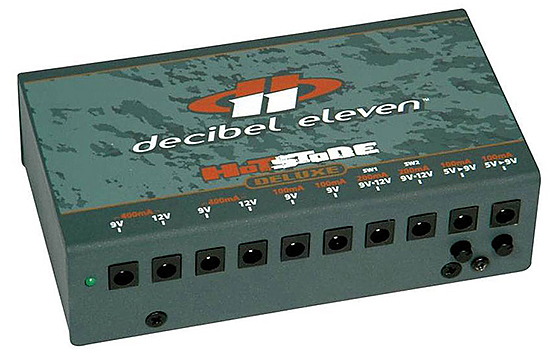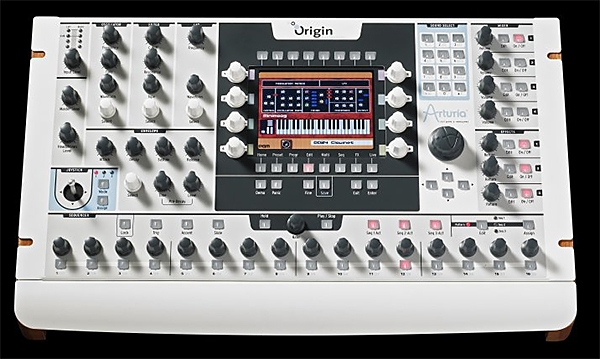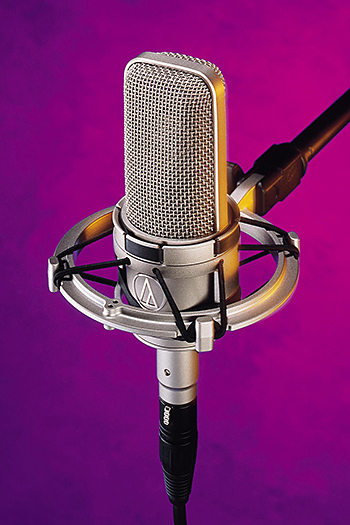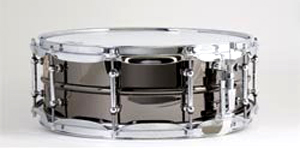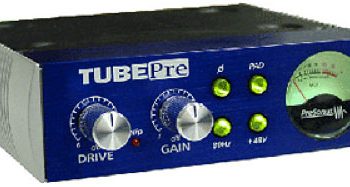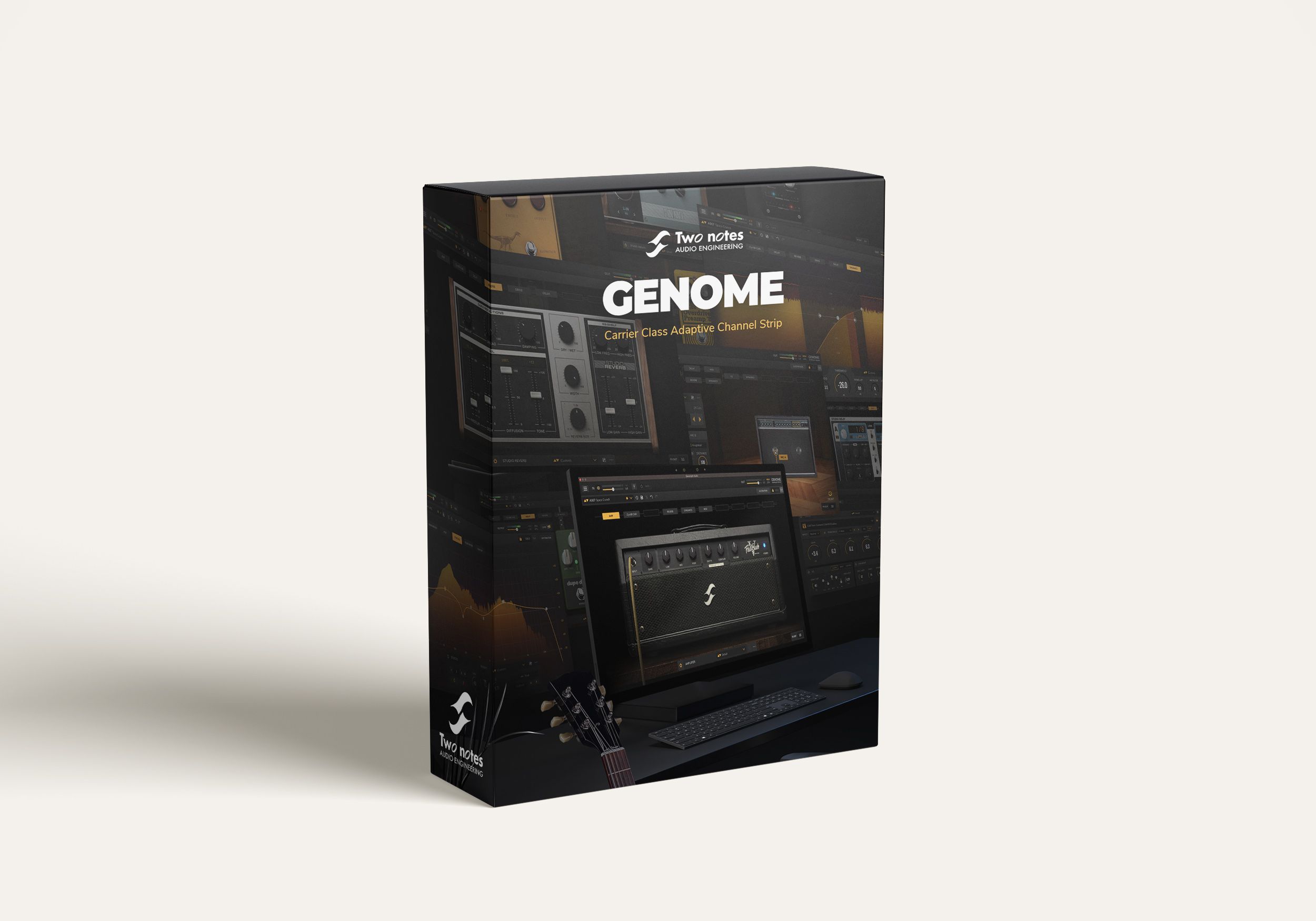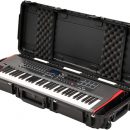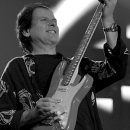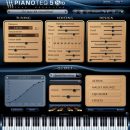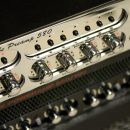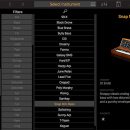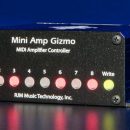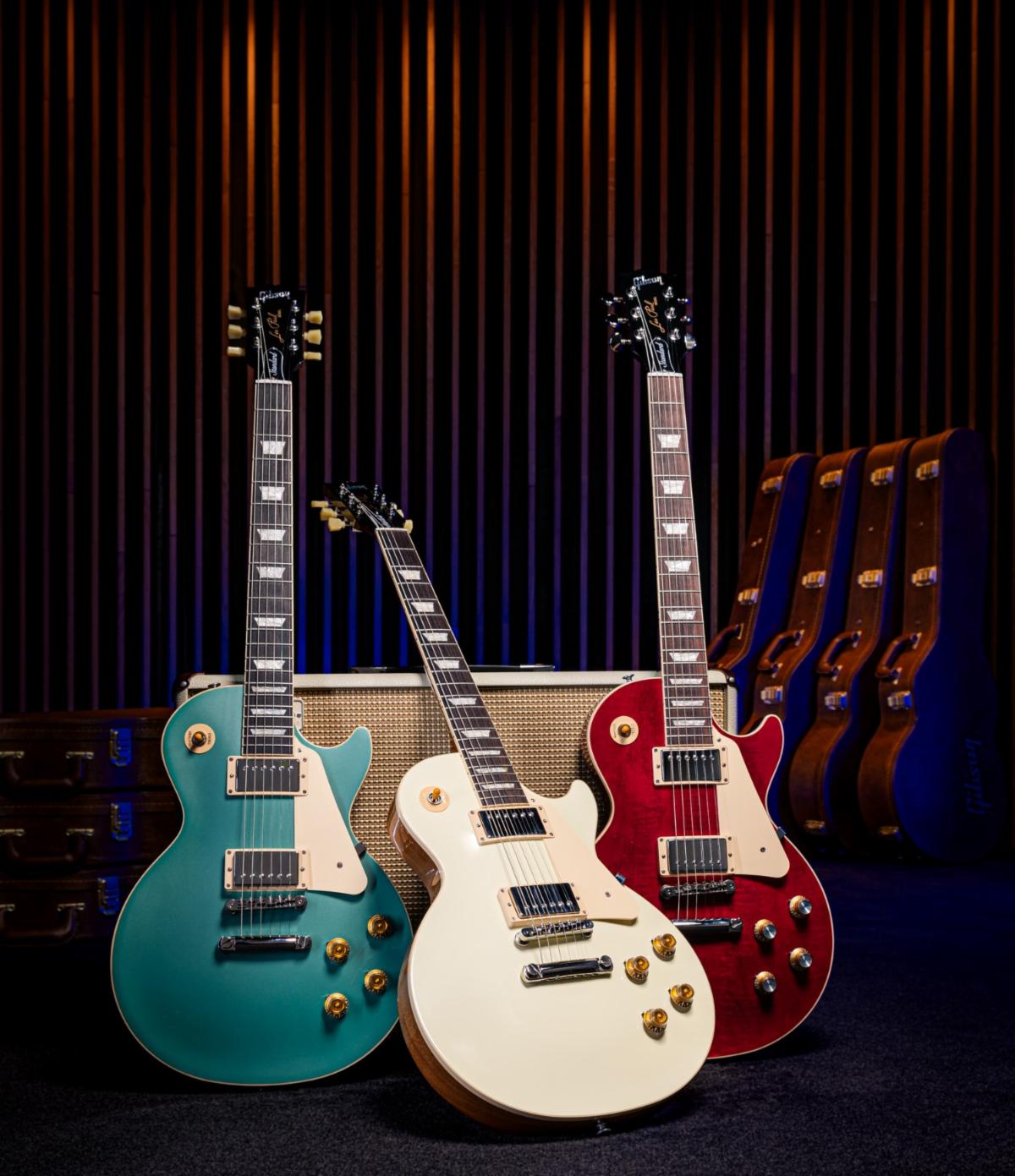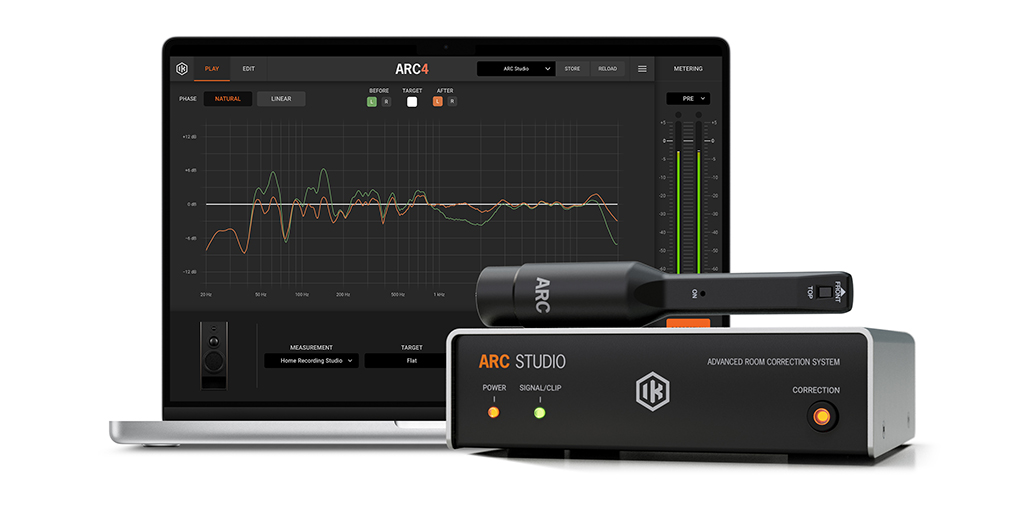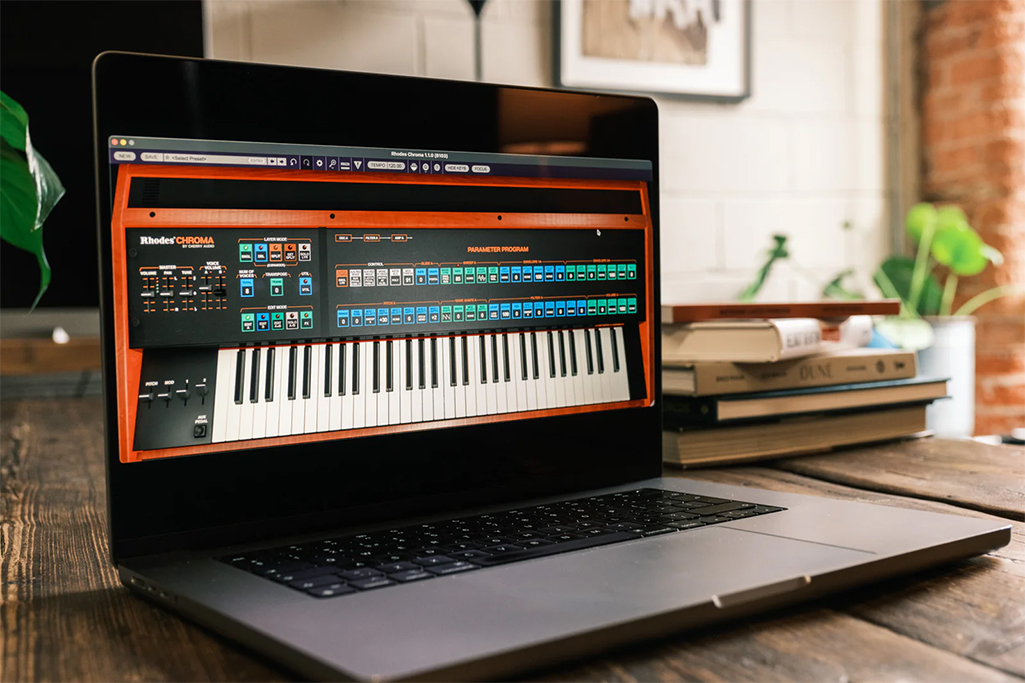| Category | Value | Rating |
| Features | 20% | |
| Usability | 25% | |
| Sound | 25% | |
| Documentation & Support | 10% | |
| Price | 20% | |
|
|
||
| Overall Rating: 3.4 Stars
3.6 stars or better: Outstanding, WIHO Award |
||
Providing power to today’s variety of pedals gets to be a bit confusing. Nine, twelve, or eighteen volts, 200mA, 1200mA, center negative, and so on. It’s a real pain to sort out, and plugging the wrong pedal into the wrong power source can result in permanent destruction of the pedal, so care is needed. And, of course, daisy-chaining the power from one pedal to another introduces completely unmanageable noise unless all pedals are from the same manufacturer and within the right power requirements.
We have long held the Voodoo Lab Pedal Power 2 Plus to be the defining standard for well engineered, multi-purpose power supplies, and you’ll probably find them installed in more pro guitar rigs and pedalboards than any other pedal power supply ever produced. However, today’s high-current pedals simply demand more power than the former champion can provide.
The Decibel Eleven Hot Stone Deluxe is one power supply that rises to the challenge, and it succeeds admirably. We took some pedalboards to new heights with the Hot Stone Deluxe, and we can easily recommend it for any rig if it meets the needs of your specific pedal/power arrangement.
Features
The first thing you’ll notice about the Decibel Eleven Hot Stone Deluxe is that this stone feels like a brick—the power supply is heavy, tipping the scale at slightly over 2.5 pounds.
Sporting a conventional power supply brick shape, the Hot Stone Deluxe features eight isolated outputs. Sure, right now you’re looking at the photo and thinking that you counted ten power jacks, but two of the jacks are actually paired outlets that are primarily intended to be used either/or (they have different voltages). However, as long as you don’t exceed total amperage (400mA per pair) they can be shared. Here’s a summary of the power jacks and what they’re capable of providing for your pedalboard:
| 1 | 9V or 12V (400mA) |
| 2 | 9V or 12V (400mA) |
| 3 | 9V (100mA) |
| 4 | 9V (100mA) |
| 5 | 9V or 12V (200mA) |
| 6 | 9V or 12V (200mA) |
| 7 | 9V (100mA) |
| 8 | 9V (100mA) |
Outputs 7 and 8 have recessed trim pots that let you reduce voltage down to approximately 5V for that used battery, “brown” sound.
The Hot Stone Deluxe includes three different types of DC power cables for use with a variety of different pedal types, and they are color-coded for easy reference. Decibel Eleven sells additional cable options that accommodate familiar situations, like current doubling and voltage doubling cables for combining two outputs, polarity reversal for “center positive” pedals, and additional cable lengths for special pedalboard setups.
Usability
The Decibel Eleven Hot Stone Deluxe was as easy (or challenging) to use as other professional power supplies. But if you’ve used pedalboard power supplies in the past, you’ll be right at home with it in minutes. As with any other professional pedalboard power supply, you need to plan out your power requirements before making any connections to avoid inadvertently destroying your precious stomp boxes.
Tip: Make a list of each of your pedals that you plan to include on your board, list the power requirements for each, and then make sure you’re choosing a power supply capable of providing all the power you need. No two on the market are identical in their power output/configuration.
We were also testing Decibel Eleven’s Pedal Palette, a pedalboard-based audio looper, and happily, we found that we could toss its wall wart power supply and power it from one of the first two outputs (the looper’s power requirement calls for 12V and 300mA, so this worked fine). Next, we hooked up a TC Electronic Flashback x4 delay pedal (9V and 300mA), and then a power hungry Eventide Space. Although the Space pedal calls for 9V at a whopping 1200mA, it actually worked fine from the second 12V jack with 400mA output—but it’s a center positive pedal, so we had to connect it with one of the special blue-colored cables. We added a Boss SL-20 Slicer pedal and a few random “typical” 9V pedals as well.
When it’s time to install the Hot Stone Deluxe, we were happy to discover that the mounting brackets supplied with PedalTrain pedalboards (our benchmark pedalboards) work perfectly. We didn’t think they would work at first glance—there are no side holes for screwing the brackets into the power supply as you do with the Pedal Power 2 Plus. But a quick review of a video on the Decibel Eleven website showed that all it takes is a little bit of Velcro from the PedalTrain package to put it all together. This worked perfectly for us and was completely secure.

Sound
The key to the success of any pedalboard power supply is that it provides “quiet” power. Everyone remembers the first time they strung a bunch of different brand pedals together in a daisy chain off of a Boss tuner and the resultant noise assault. And yes, even some modern power supplies don’t fully isolate your pedals and create noise issues, but happily, there were no problems whatsoever with the Hot Stone Deluxe. All we heard was the sound of our effects as intended.
Documentation and Product Support
At first we weren’t sure if there was a manual in the box, but then realized the single sheet of paper folded into a four-page document contained the instructions. As it turns out, this was more than enough space for Decibel Eleven to document the power supply’s usage, including useful tips about powering pedals from Boss, Line 6, TC Electronic, Eventide, and Strymon.
The documentation was very clear regarding the power specs for each output, something we’ve found lacking with some other power supplies.
Price
The Decibel Eleven Hot Stone Deluxe (MSRP $250) sells for under $180 street, a good price for a professional pedalboard power supply.
Contact Information
Decibel Eleven
www.decibel11.com

